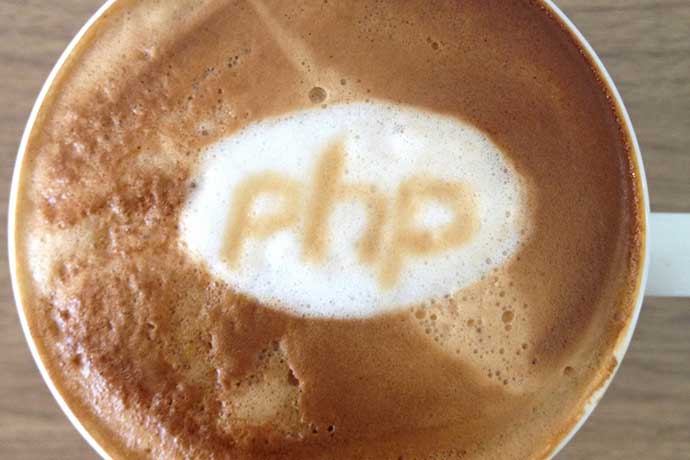The origins of PHP are humble. What started as a set of small scripts to count visits to an online resume, coded in 1994, has become one of the more popular programming languages, PHP. The original version of the language was not a language. It was a set of code compiled into a C binary file to sit on a web server and process website activity data sent to it. The name PHP then translated to Personal Home Page Tools, or PHP Tools.
The original creator of PHP, Rasmus Lerdorf, a Danish programmer, then evolved PHP into a more robust CGI or Common Gateway Interface tool. At the time, CGI was the primary way to make websites interactive, especially with the submission and management of form data. The PHP code was made publicly available and others began to work the code into more and more of a language.
With PHP 3.0, in 1998, two programmers in Israel, Andi Gutmans and Zeev Suraski, approached Lerdorf and together they started to rewrite PHP into a true programming language. The name changed from Personal Home Page Tools to FI (Forms Interpreter) to PHP/FI then finally PHP: Hypertext Pre-Processor (PHP), the current name. Throughout its development, PHP has retained its connection to web pages and web servers. It's used primarily to create web-based applications and websites.
What Makes PHP Special?
PHP is an extremely common programming language used in many open source software programs. While it has its detractors, the language offers a lot of useful features for web applications. Once installed on a web server, the PHP modules process web page code and, when PHP code is found in the web page code, the modules process the PHP. For example, the code might make a call to a database to find all stories tagged with a category ID then display the results of the database call as an HTML table or as a list of stories with linked headlines.
The PHP language can output HTML and other media types, for example, Excel, PDF, and XML on the fly. The language also works with a wide range of databases. And coding can be procedural, a step by step list of actions for the application to perform, and/or object oriented, with code built on objects not procedures or actions. PHP also includes a wide range of data types and other typical components included in programming languages.
It's a fairly easy language for non-programmers to learn, especially designers and do it yourself programmers. For example, WordPress is an open source publishing tool written in PHP. Many designers and web producers learn PHP by adapting the WordPress template code used to create then display web pages. From that start, they migrate to more complicated coding in PHP, within WordPress and beyond.
Because PHP is used widely, the main PHP.net site has extensive documentation for the language and many software forums include sections to answer PHP-related questions. In addition, open source projects like WordPress also have support forums to answer problems that involve PHP. The support network for the language is extremely deep.
How is PHP Used?
For web designers and producers, PHP is an easy extension of the HTML and CSS code they learn while creating static web pages. The language is used extensively in open source web projects which makes it easy to learn the language and contribute to projects. PHP is less used, or not optimal for, creating desktop applications. However, it does run on almost all major operating systems on desktops and servers.
Learn More
PHP.net
About PHP
https://en.wikipedia.org/wiki/PHP
https://en.wikipedia.org/wiki/Dynamic_typing#Dynamic_typing
http://www.w3schools.com/php/
Popular PHP Open Source Projects
https://github.com/languages/PHP/most_watched
https://www.wordpress.org
http://symfony.com/
http://drupal.com/
http://ellislab.com/expressionengine
http://ellislab.com/codeigniter

